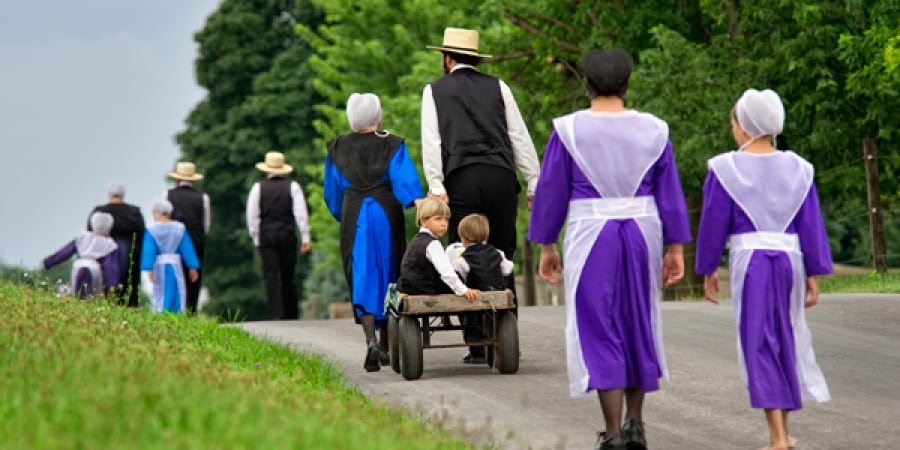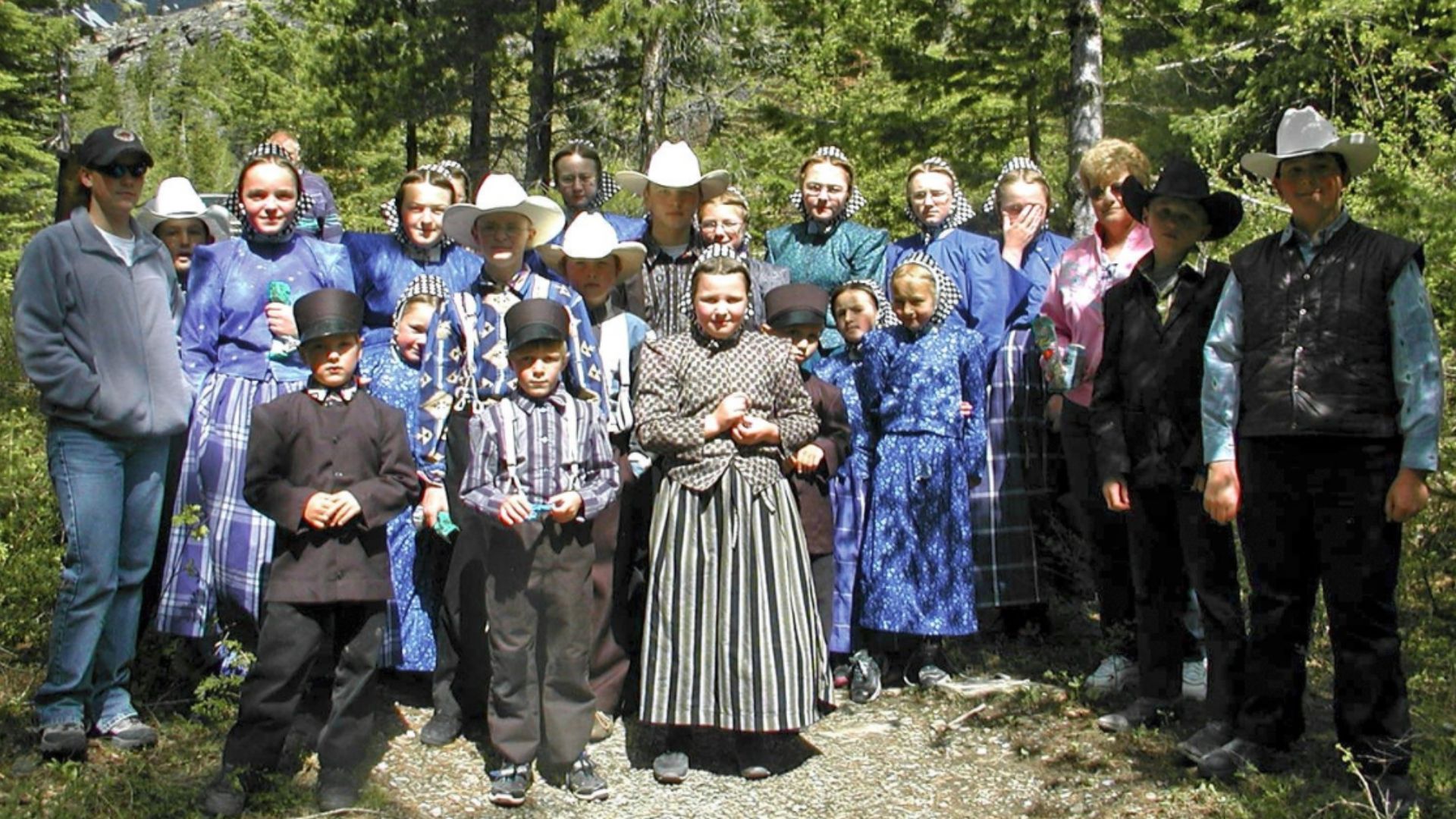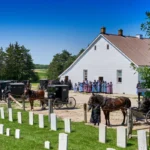How Amish Traditions Began
The Amish are known for their distinct customs—plain clothing, horse-drawn buggies, and strong community ties. These traditions might seem frozen in time, but they have deep historical and spiritual roots. To fully understand how the Amish live today, we need to explore how Amish traditions began, tracing them back to their religious origins and the choices that shaped their unique identity.
The Birthplace: The Anabaptist Movement in Europe
The story of Amish traditions begins in the early 1500s during the Protestant Reformation. While reformers like Martin Luther challenged Catholic practices, a more radical group emerged—known as the Anabaptists.
What Set the Anabaptists Apart:
- They rejected infant baptism, insisting that faith should be a personal, adult decision.
- They believed in nonviolence, refusing to serve in military or political roles.
- They emphasized separation from the world, encouraging simple, humble living.
These beliefs were revolutionary at the time and brought severe persecution. Anabaptist men and women were imprisoned, tortured, or executed for their views. Yet despite the danger, their convictions laid the groundwork for future traditions.
The Formation of the Amish Church
In 1693, over a century after the Anabaptist movement began, a Swiss Anabaptist leader named Jacob Ammann believed the church had become too relaxed in its discipline. He called for stricter adherence to the faith and a renewed focus on purity and obedience.
The Amish-Mennonite Split:
- Ammann led a group that broke away from the more lenient Mennonites.
- He introduced stricter rules of church discipline, including Meidung (shunning) for those who broke church rules.
- His followers became known as the Amish, forming a new identity based on order, humility, and community loyalty.
This moment marked the true beginning of Amish traditions as we know them today. The commitment to living apart from worldly influences was no longer just belief—it became lifestyle.
Migration to the New World
Facing continued persecution and limited freedoms in Europe, many Amish families began migrating to Pennsylvania in the early 1700s. They were drawn by promises of religious freedom and land where they could live in peace.
Why Migration Was Crucial:
- Allowed Amish communities to preserve their customs without interference.
- Gave them space to establish self-sufficient farms and churches.
- Strengthened their practice of separation from mainstream society, which became a defining value.
As they settled into new homes, Amish traditions began to solidify, passed down through generations without much change.

The Ordnung: The Heart of Amish Tradition
One of the most important parts of Amish life is the Ordnung—an unwritten set of rules that governs everything from dress and technology to behavior and community roles.
How the Ordnung Shapes Tradition:
- It is shared orally and passed down from one generation to the next.
- Each Amish district may have a slightly different Ordnung, but all emphasize simplicity, humility, and obedience.
- It forms the basis of daily life, ensuring consistency across the community.
The Ordnung is not about legalism—it’s about living in harmony with God and each other, protecting the community from pride and outside influence.
Key Traditions and How They Began
Many of the practices we associate with the Amish began not as cultural quirks but as intentional expressions of faith.
Plain Clothing
- Origin: Reflects early Anabaptist beliefs in modesty and humility.
- Purpose: Avoids vanity, fashion, and competition.
Horse-Drawn Buggies
- Origin: Adopted as automobiles became common in the 20th century.
- Purpose: Limits speed and range of travel to preserve local community life.
Barn Raising
- Origin: Early settlers in Pennsylvania needed to work together for survival.
- Purpose: Reinforces cooperation and mutual aid, key values of Amish society.
Limited Technology
- Origin: Response to increasing worldliness and individualism in modern life.
- Purpose: Keeps the focus on faith, family, and work, rather than distractions.
Sunday Worship at Home
- Origin: Based on early Anabaptist underground gatherings during persecution.
- Purpose: Fosters spiritual intimacy and strengthens community ties.
Each tradition is rooted in a specific belief or historical event that helped shape the Amish identity. These are not just customs—they are acts of devotion.
Preservation Through Community
Another reason Amish traditions endure is the tight-knit nature of their communities. Children are raised in a culture that values obedience, simplicity, and respect for elders. Schooling ends after eighth grade, and young people are taught skills for life and work within the community.
The Amish also avoid evangelism outside their faith group. Instead, they focus on living as an example, believing that their way of life speaks louder than words.
Final Thoughts
Understanding how Amish traditions began reveals a story not of stubborn resistance to change, but of deeply rooted faith. From early Anabaptist beliefs in Europe to the migration across the Atlantic and the development of the Ordnung, every tradition has a purpose. The Amish didn’t adopt their customs to be different—they did so to stay true to God, their community, and their understanding of a simple, righteous life.
These traditions have lasted not because they were forced, but because they are freely chosen and faithfully lived. And in a world full of distractions and division, the Amish story remains a quiet but powerful witness to the strength of conviction and the beauty of simplicity.



